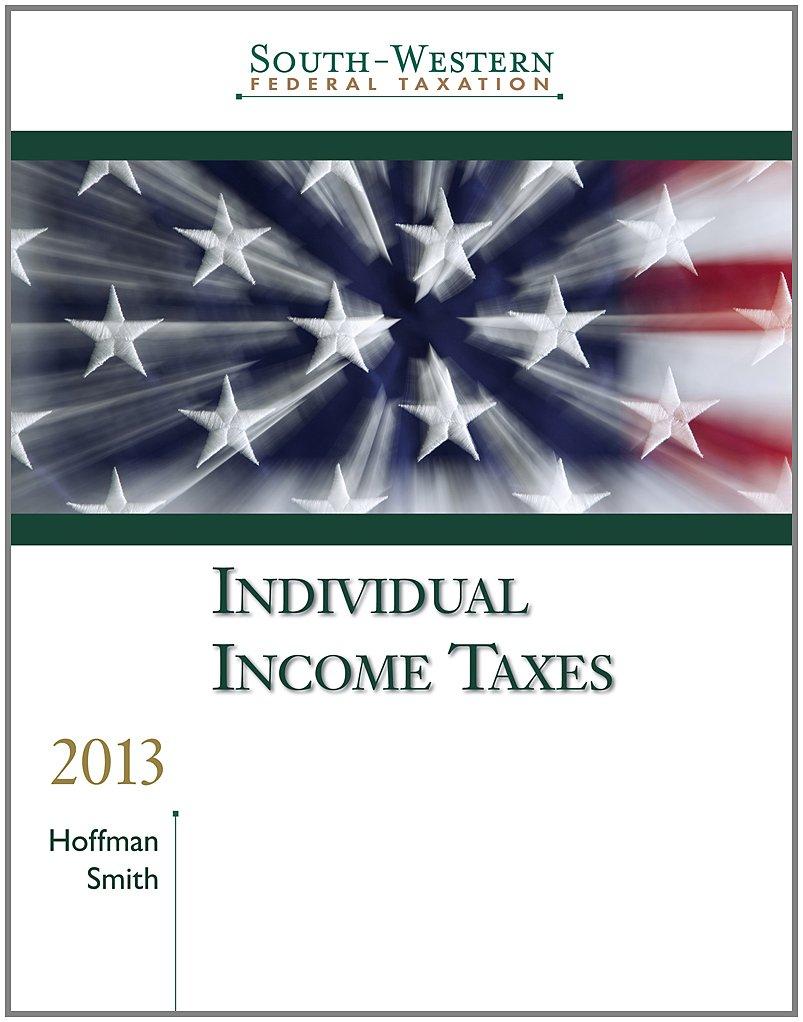LO.2, 4, 5, 6 In 2012, Susans sole proprietorship earns $300,000 of self-employment net income (after the
Question:
LO.2, 4, 5, 6 In 2012, Susan’s sole proprietorship earns $300,000 of self-employment net income (after the deduction for one-half of self-employment tax).
a. Calculate the maximum amount that Susan can deduct for contributions to a defined contribution Keogh plan.
b. Suppose Susan contributes more than the allowable amount to the Keogh plan. What are the consequences to her?
c. Can Susan retire and begin receiving Keogh payments at age 58 without incurring a penalty? Explain.
Fantastic news! We've Found the answer you've been seeking!
Step by Step Answer:
Related Book For 

South Western Federal Taxation 2013 Individual Income Taxes
ISBN: 9781133189558
36th Edition
Authors: William Hoffman, James E. Smith
Question Posted:






